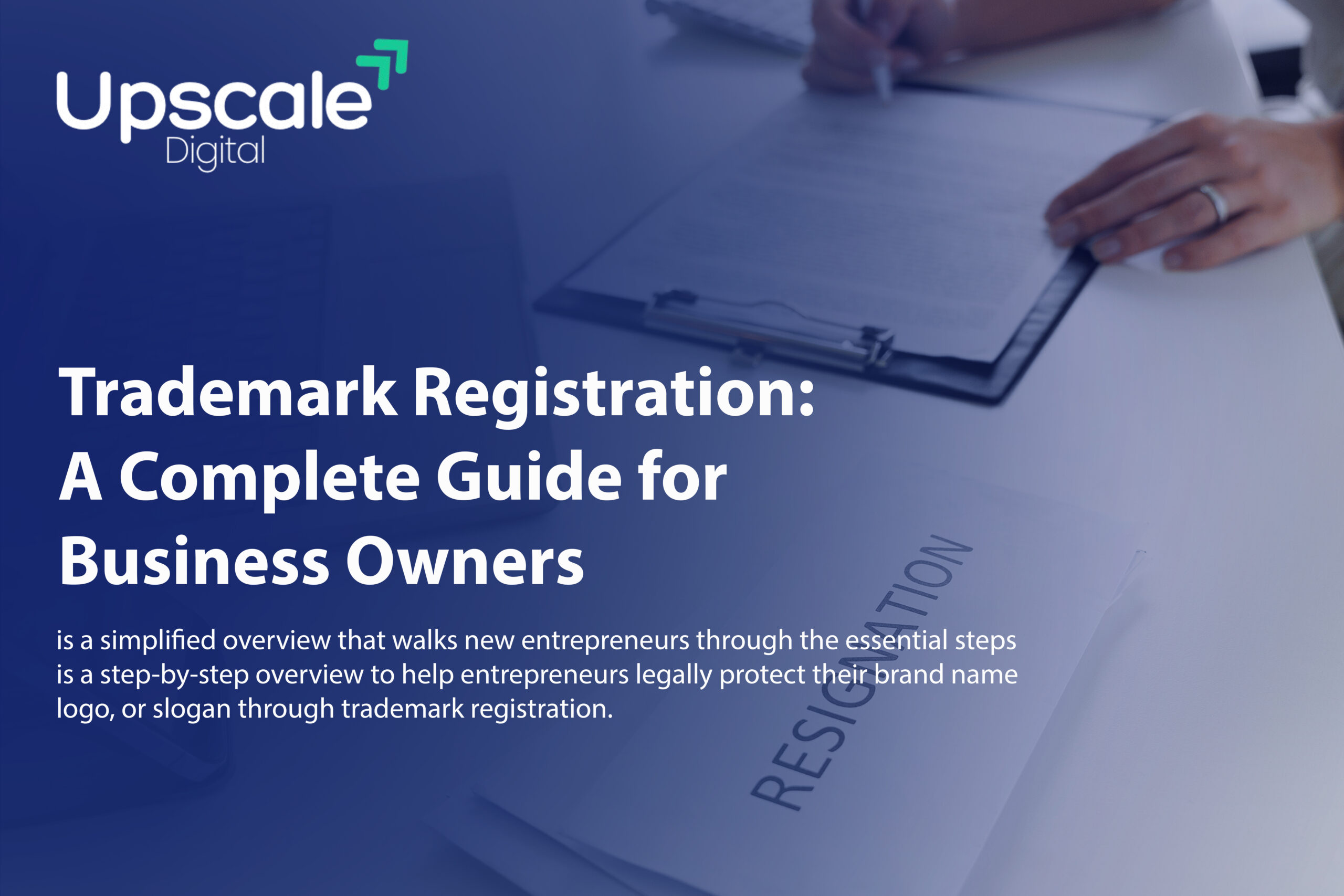
1. Do a Trademark Search
Before applying, search the trademark database in your country (e.g., USPTO in the U.S. or UK IPO in the UK).
- Look for similar names, logos, or slogans
- Avoid marks that could confuse consumers
2. Choose the Right Trademark Class
All goods and services fall under trademark classes (there are 45 total).
- Class 25: Clothing
- Class 9: Software
- Class 35: Business/Marketing Services
💡 You can register in multiple classes if needed — each may require a separate fee.
3. Prepare and Submit Your Application
You’ll need:
- Trademark name/logo
- Description of goods/services
- Trademark class(es)
- Applicant details (individual or company)
Submit your application through your country’s trademark office:
- U.S.: USPTO.gov
- UK: gov.uk
- India: ipindia.gov.in
- EU: EUIPO
4. Examination & Publication
- The examiner checks for legal issues and conflicts.
- If approved, your application is published for opposition (typically 30–90 days).
- If no one objects, your trademark proceeds to registration.
5. Receive Your Trademark Certificate
If no objections are filed (or if they are resolved), you’ll receive a Certificate of Registration. You now hold exclusive rights to your mark in the registered class and region.
How Long Does It Take?
- On average: 4 to 12 months
- Some countries offer expedited options (e.g., TEAS RF in the U.S.)
How Long Does a Trademark Last?
- Typically valid for 10 years
- Can be renewed indefinitely if used continuously
Trademark Symbols: ™ vs ®
- ™ (TM): Used for unregistered trademarks (common law rights)
- ®: Used only after official registration
Common Mistakes to Avoid
❌ Not conducting a proper trademark search
❌ Filing in the wrong class
❌ Using generic or descriptive terms
❌ Assuming domain name = trademark rights
❌ Missing renewal deadlines
Should You Hire a Trademark Attorney?
While not required, hiring a trademark lawyer can help:
- Avoid application errors
- Handle objections or oppositions
- Increase the chance of approval




